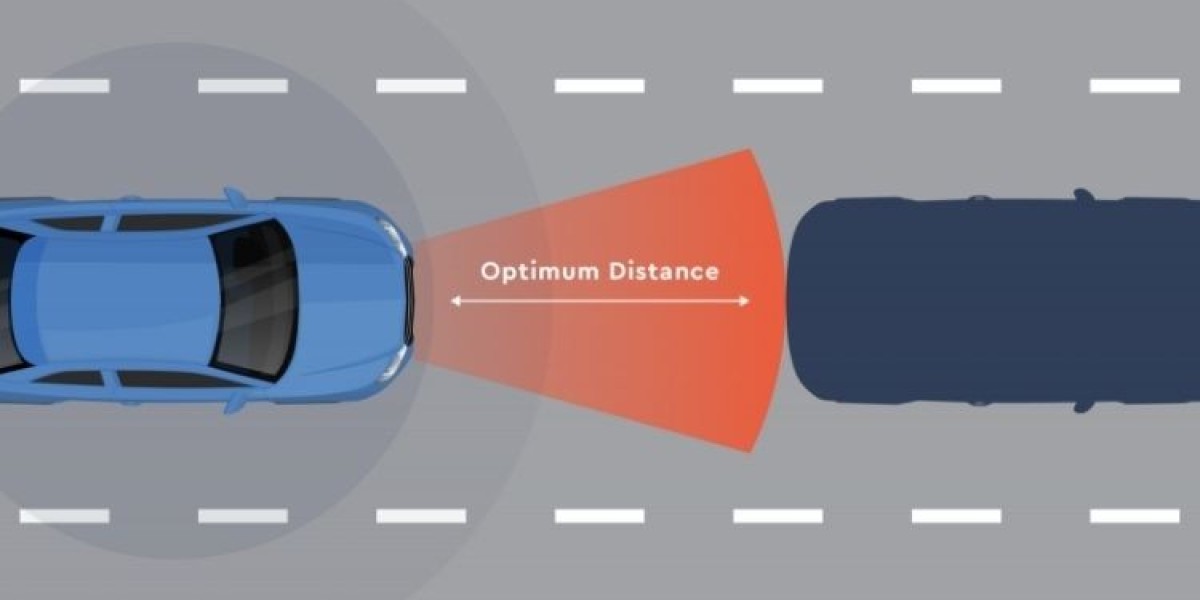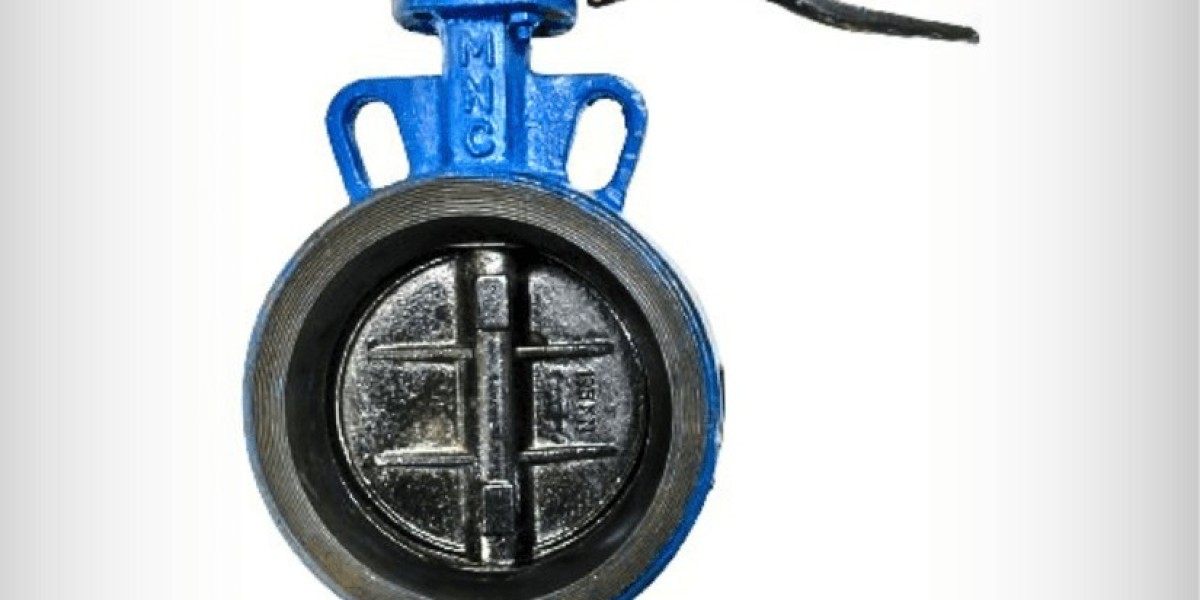The global Collision Avoidance Systems Market Size stood at a value of more than USD 68.19 billion in 2023. The market is further expected to grow in the forecast period of 2024-2032 at a CAGR of around 9.70% to reach a value of over USD 157.59 billion by 2032. Collision avoidance systems (CAS) have become integral in ensuring vehicle safety, particularly in the automotive industry. Among the various technologies used in CAS, radar and lidar are two prominent options. This blog post will delve into the details of radar and lidar technologies, comparing their effectiveness, cost, and future trends in collision avoidance systems.
Radar Technology:
Radar technology has been a cornerstone in collision avoidance systems for several years. Radar systems emit radio waves and detect their reflection off nearby objects. This allows them to calculate the distance, speed, and direction of objects in their vicinity. Radar systems are known for their reliability and effectiveness in various weather conditions, including rain, fog, and snow. However, radar systems can sometimes struggle with accuracy, especially in differentiating between small objects and determining their exact position.
One of the key advantages of radar technology is its ability to detect objects at long ranges, making it particularly useful for detecting fast-moving objects on highways or in open spaces. Radar systems are also relatively affordable compared to other collision avoidance technologies, making them a popular choice for many vehicle manufacturers.
Despite these advantages, radar systems have some limitations. For example, radar waves can be easily absorbed or reflected by certain materials, leading to reduced accuracy in detecting objects made of these materials. Additionally, radar systems may struggle to accurately determine the size and shape of objects, which can be crucial for avoiding collisions with pedestrians or cyclists.
Lidar Technology:
Lidar, which stands for Light Detection and Ranging, is a newer technology that is gaining popularity in collision avoidance systems. Lidar systems emit laser pulses and measure the time it takes for the pulses to reflect off objects and return to the sensor. This allows lidar systems to create high-resolution 3D maps of their surroundings, providing detailed information about the shape and size of objects. Lidar systems are known for their accuracy and ability to detect small objects, but they can be more expensive than radar systems and may struggle in adverse weather conditions.
One of the key advantages of lidar technology is its ability to create detailed 3D maps of the surrounding environment, which can be used to accurately detect and track objects in real-time. This makes lidar systems particularly useful for autonomous vehicles, which rely on detailed maps to navigate safely.
However, lidar systems also have some limitations. For example, lidar sensors are often more expensive than radar sensors, which can make them less cost-effective for some applications. Additionally, lidar systems may struggle to accurately detect objects in adverse weather conditions, such as heavy rain or fog, which can limit their effectiveness in certain environments.
Comparison:
When comparing radar and lidar technologies in collision avoidance systems, several factors need to be considered. In terms of cost, radar systems are generally more cost-effective than lidar systems, making them a popular choice for many vehicle manufacturers. Radar systems are also more reliable in adverse weather conditions, making them a better choice for vehicles that need to operate in challenging environments.
However, lidar systems offer higher accuracy and resolution, which can be crucial in certain situations, such as detecting pedestrians or cyclists in urban environments. Lidar systems are also less affected by interference from other sensors, making them more reliable in complex driving scenarios.
In terms of performance, radar systems are better suited for detecting objects at long ranges, while lidar systems are better suited for detecting small objects at close ranges. This makes radar systems ideal for highway driving, where the main concern is avoiding collisions with fast-moving vehicles, while lidar systems are ideal for urban driving, where the main concern is avoiding collisions with pedestrians and cyclists.
Real-World Applications:
Both radar and lidar technologies are being used in a variety of vehicles, from passenger cars to commercial trucks. Many automakers are incorporating these technologies into their advanced driver-assistance systems (ADAS) to enhance safety and reduce the risk of collisions. For example, Tesla's Autopilot system uses radar, cameras, and ultrasonic sensors to provide semi-autonomous driving capabilities. Similarly, companies like Waymo and Cruise are using lidar technology in their autonomous vehicles to create detailed maps of their surroundings and navigate safely.
Future Trends:
Looking ahead, both radar and lidar technologies are expected to continue evolving to meet the growing demands of the collision avoidance systems market. Radar systems are likely to become more advanced, with improved accuracy and range, while lidar systems may become more affordable and compact. Additionally, the integration of radar and lidar technologies could further enhance the performance of collision avoidance systems, providing even greater safety benefits for drivers and pedestrians alike.



